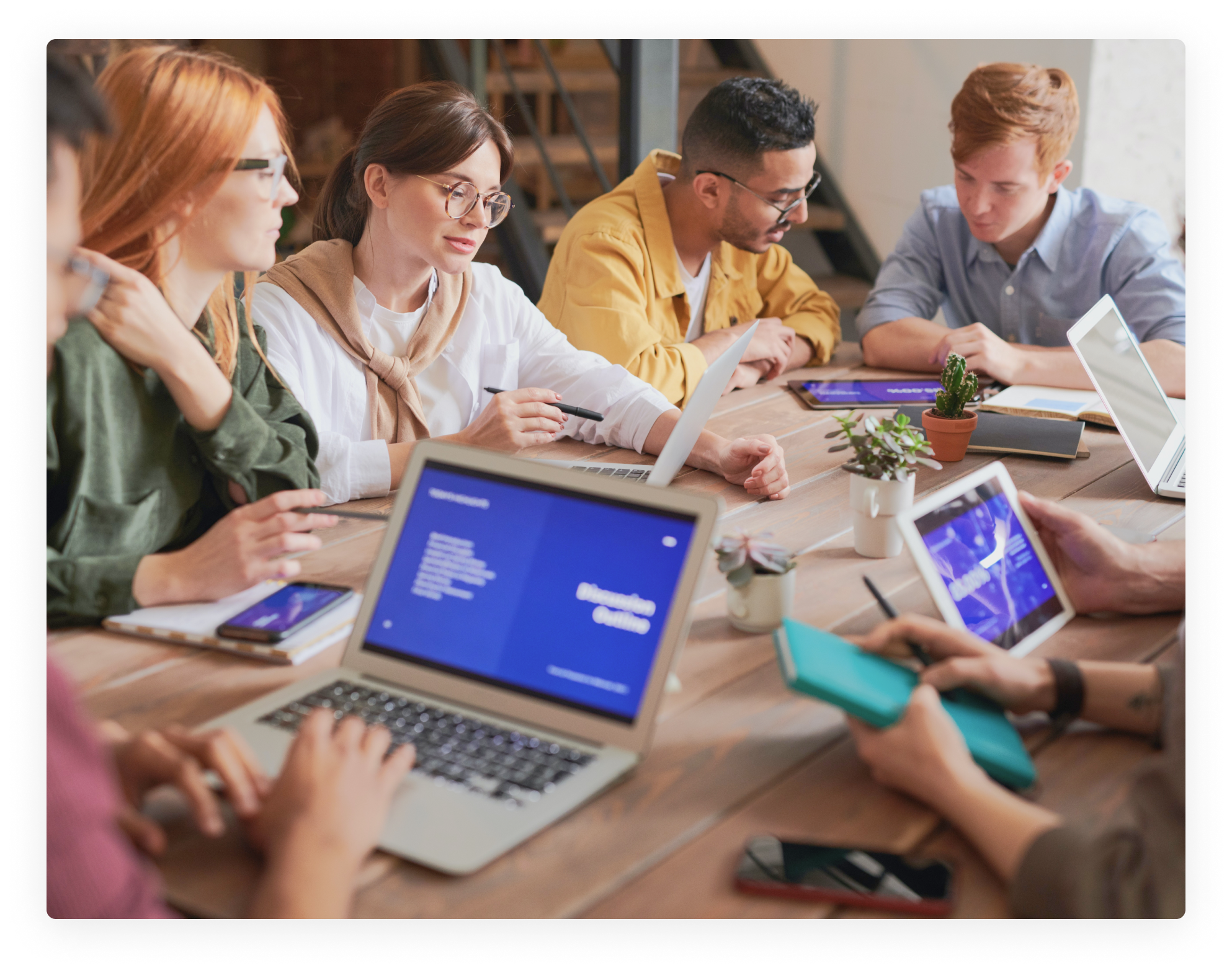Digital education was slowly catching up with the traditional means of imparting education; then came the COVID-19 pandemic. It brought an inflection point for the world in the areas of learning and development.
Schools and offices worldwide were shut which pushed children and professionals to adopt newer methods of learning. After initial hesitancy, the students and learners across the world shifted to digital education fairly well.
The pandemic is now receding but digital education is here to stay. So, if you are a learner or belong to the education sector, here are 6 digital education strategies you must try in 2021.
1. Online learning
It is a method of education whereby students learn in a fully virtual environment using the Internet or private network. The learner and the instructor both get connected using a digital education platform where the learner can have the flexibility of choosing a schedule based on their convenience.
There are many ways the content can be delivered to the learners by the instructors. These include:
· Webinars
· Scheduled lecture series
· Pre-recorded audio and videos
· E-journals and e-books
2. Massive Online Education Courses (MOOC)
These are affordable online courses that allow remote learning opportunities to students across the world. Many times, hundreds and even thousands of students enroll in these MOOCs at a go.
While many MOOCs are offered for free, some platforms charge a small fee if one wishes to obtain a degree of completion. Many platforms allow students to earn college credit and even entire degrees.
To ensure that a large number of students can be accommodated, many MOOCs provide year-round enrolment at a self-faced learning pedagogy.
Some of the popular MOOC Platforms include Coursera, Khan Academy, Udemy and FutureLearn.
3. Learning Management System (LMS)
LMS is a digital platform that helps instructors manage and organize educational materials online and conduct online courses. By providing a central location for accessing material online and developing content, LMS helps to streamline the learning process. LMS software is used by many K-12 schools, higher education institutions and school districts.
Students and instructors can access and upload course material such as calendars, syllabus, assignments, and grades. LMS platforms also allow instructors and administrators to track student progress comprehensively. Web development teams ensure the LMS is easy to navigate and use.
Some of the well-known LMS include Moodle, Edmodo, Blackboard and Schoology.
4. Instructor-Led Training
A personalized training program has a lot of relevance owing to the diverse needs of the learners.
In Instructor-Led Training (ILT), the instructor facilitates a training session for an individual or a group of learners, which can be conducted in person or online. Real-time access to the instructor for feedback and two-way interaction is the key takeaway for the learners in ILT.
Some of the different ways in which ILT can be held are:
· Webinars
· One-to-One
· Small Groups
· Lectures
· Workshops
Instructors can make ILT engaging by including activities throughout the training session. Switching between lectures, discussions, activities, and hands-on practices is the best way to keep learners engaged and able to retain the information.
5. Augmented and Virtual Reality
To make the learning experience more immersive, Augmented Reality (AR) and Virtual Reality (VR) are being widely used these days to deliver content online.
Virtual Reality is a digital experience that has been created for learners as a separate environment to contextualize the learning.
Learners especially children have better recall and conceptual understanding when they see through certain concepts of science and technology.
Augmented Reality is a type of Virtual Reality where it brings a digital layer to make it interactive to bring immersive experience. We know how quickly PokemonGo got mainstream and became immensely popular.
Some primary benefits of AR and VR include:
· Increased access to information
· Contextualized learning
· Responsive learning
· Inclusivity
6. Project-Based Learning
Project-Based Learning (PBL) is a teaching method in which students learn by actively engaging in real-world and personally meaningful projects.
Instructors can use PBL despite most of the schools being closed due to the pandemic. Various ways to keep PBL going are by conducting projects through Zoom meetings, using emails, Google Docs, and many other online tools. The students just need to have access to the internet.
Conclusion
Until 2019, Education Technology or Edtech was one of the least funded sectors in many countries that relied on traditional teaching methods. But as a blessing in disguise, COVID has given a new set of wings to this otherwise ignored segment.
From January 2020 to halfway through 2021, India has seen three start-ups in Edtech turn unicorn and one into a decacorn.
While we have accelerated the adoption of various digital education platforms and collaboration tools, it is not without its pitfalls. Some of the challenges include; lack of huge infrastructure to enable mass education, the emotional wellbeing of students owing to excessive screen time, and motivation for the learners and instructors without physical interaction and bonding.
Nevertheless, digital education strategies like the ones we discussed have transformed the way education has been traditionally delivered and the future is anything but bright.
Author Bio
Lucy Manole is a creative content writer and strategist at Marketing Digest. She specializes in writing about digital marketing, technology, entrepreneurship, and education. When she is not writing or editing, she spends time reading books, cooking and traveling.
